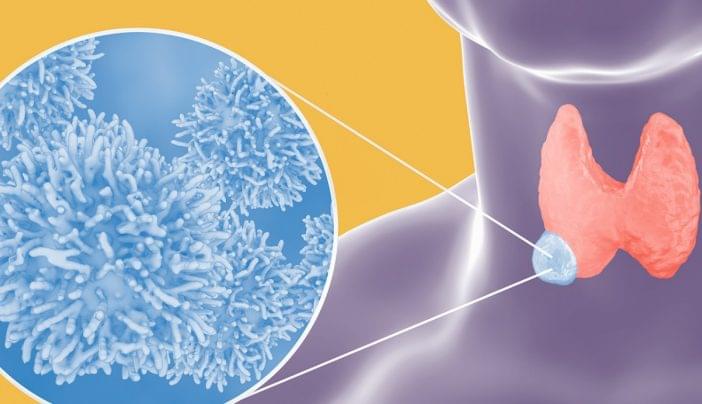Computer chip maker Nvidia has rocketed into the constellation of Big Tech’s brightest stars while riding the artificial intelligence craze that’s fueling red-hot demand for its technology.
The latest evidence of Nvidia’s ascendance emerged with Wednesday’s release of the company’s quarterly earnings report. The results covering the May-July period exceeded Nvidia’s projections for astronomical sales growth propelled by the company’s specialized chips—key components that help power different forms of artificial intelligence, such as Open AI’s popular ChatGPT and Google’s Bard chatbots.
“This is a new computing platform, if you will, a new computing transition that is happening,” Nvidia CEO Jensen Huang said Wednesday during a conference call with analysts.






